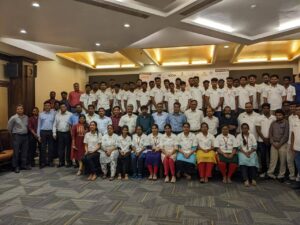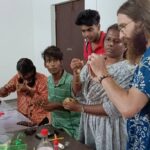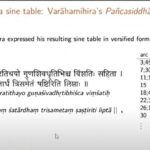~Sandhiya, Prabha
As part of the continued learning program at STEM land, we took two courses “Grammatically correct English: writing and speaking” and “Advanced English course” along with other teachers and staff of SAIIER. Sessions were held twice a week from 4:00 p.m. – 5:30 p.m. on Mondays and Fridays. The course was an offering of SAIIER and will be free of charge to the participants.
This was an intensive course that required homework ranging from 15 minutes to half an hour.The teacher for the course is Miss. Vatsla had many years of experience teaching English.
The advanced course had around 15 members and was conducted over 3 months
- Introducing self
- Use of used to/ never used to
- Apostrophe’s
- Use of Articles
- 12 Tenses and Rules
- Chart: Affirmative, Negative, Interrogative, and Interrogative + negative.
- Practice with the help of a chart
- Article Combination
- Difference between few and little
- Modals
- Prepositions
- Condition clauses
- Chain of condition clauses
- Use of I am yet to
- Sentences with has to, have to, had to, will have to
- Sentences with I came to know about
In advanced course has around 11 members and 8 classes, and everyone has teachers from in and around Auroville. So far, we Covered,
- Active and Passive voice
- Direct and Indirect Speech
These are the list we practiced in advance class,
- Debate with ourself
- Given a topic/word and create narration in front of others
- Given the situation for two members and talk about that.
- Create a sentence and end others’ sentences.
- Write the paragraph for the given topics
- Strengths and weakness
- Few lines about Diwali
- Few lines about home town
- Peer learning with ourselves for easy understanding.
Group- 3 group photos














































